Novel photobioreactors meet the specific photosynthesis requirements of algae to increase production quantities.
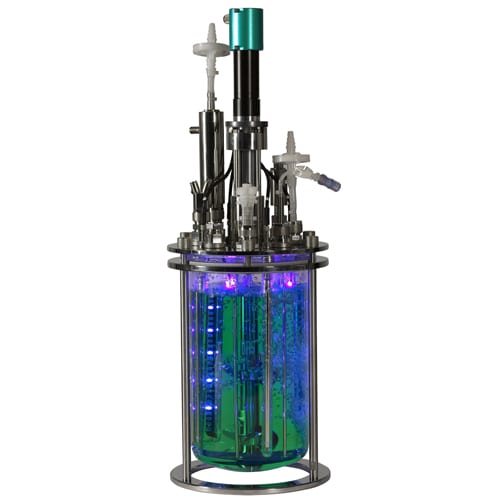

Novel photobioreactors meet the specific photosynthesis requirements of algae to increase production quantities.
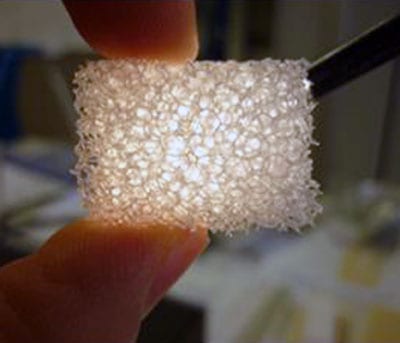
The properties of transparent glass sponges make them an ideal light source for photobioreactors for producing biofuels from algae.
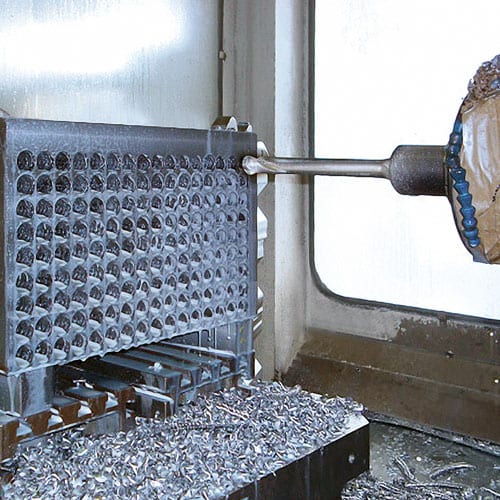
Tool manufacturers’ data sheets contain little or no specific information about how fast you can drill different cast materials.

Many different parameters affect the service life of a battery-powered electrical vehicle, such as structural stability.

Shot peening enhances the surface characteristics of parts in aircraft engines. Researchers from Rolls-Royce and the University of Kassel tried to find the optimal set of parameters.
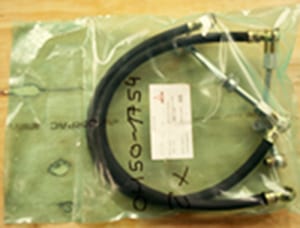
Volatile corrosion inhibitors can protect from corrosion or the environment, but they shouldn’t form partially carcinogenic nitrosamines.
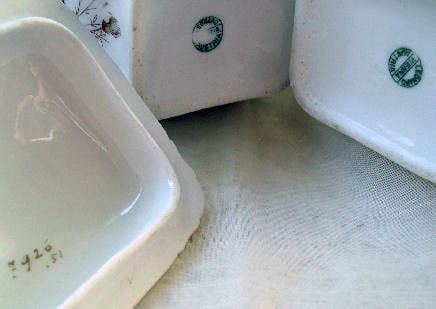
French researchers have coupled the excellent mechanical properties of zirconium and silicon carbide, in the first step to a high performance ceramic resistant to high temperatures in an oxidizing atmosphere.
Preceramic paper offers a novel approach for manufacturing of lightweight ceramic structures applying versatile paper shaping technologies.
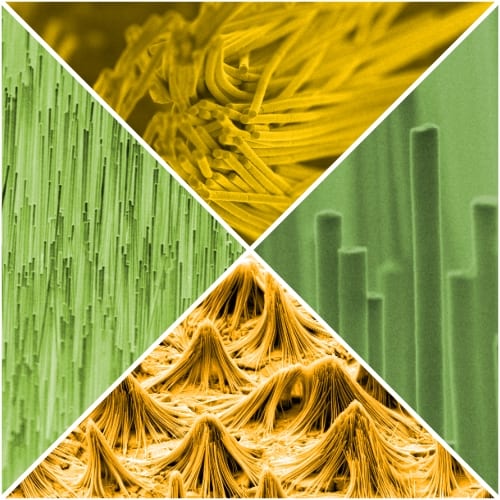
One-dimensional nanostructures like nanowires, nanobelts, and nanotubes attract considerable interest. However, common techniques to separate the nanostructures from the template can cause the structures to collapse.
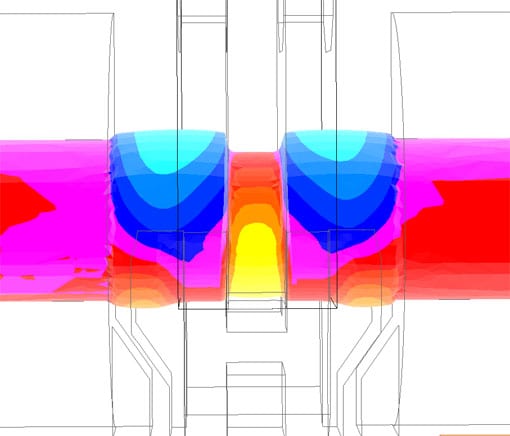
Polish scientists improved forging technology for crank shafts. Results revealed how to obtain the lowest loss of material and a proper shape.